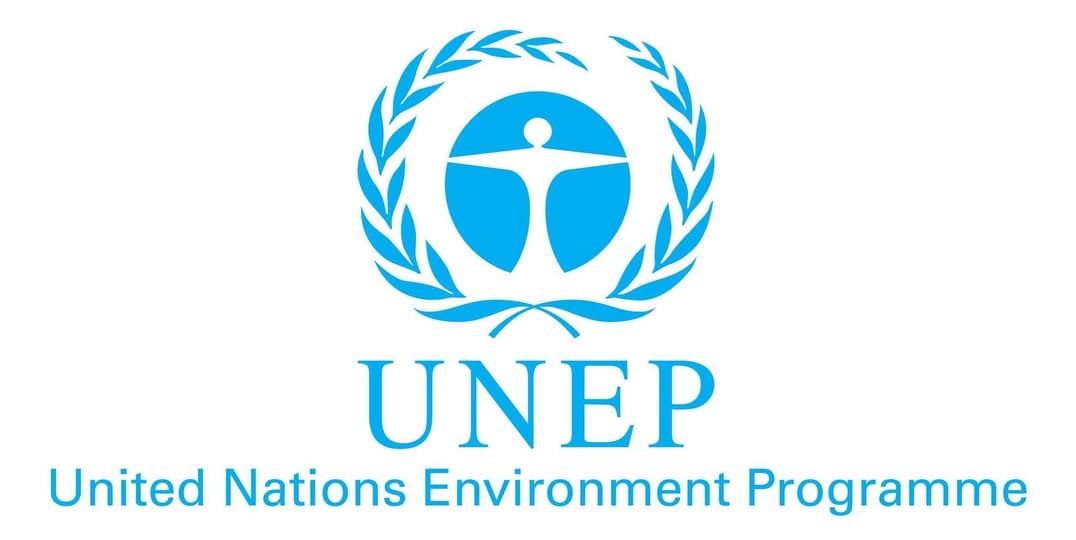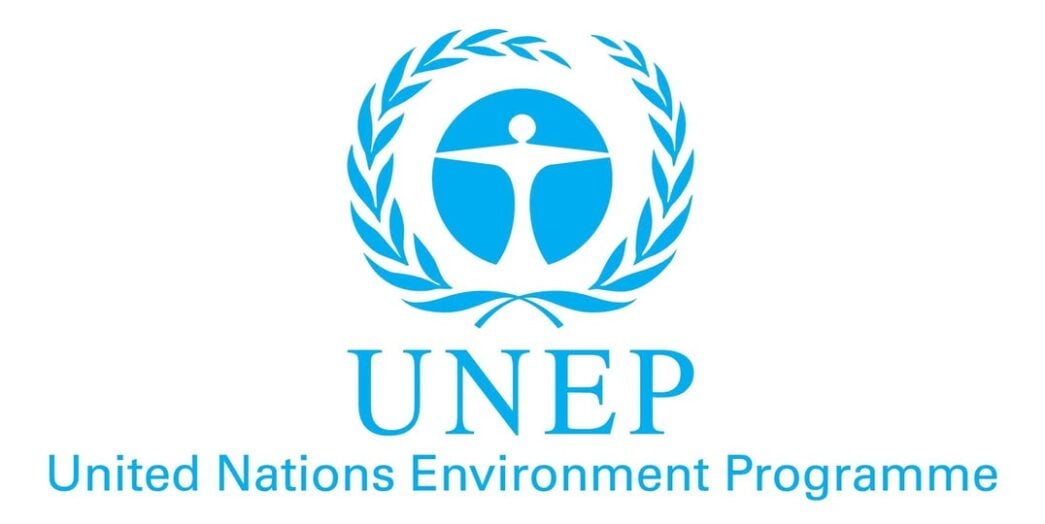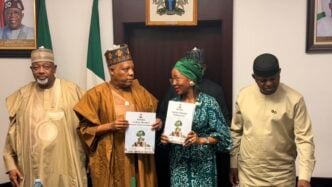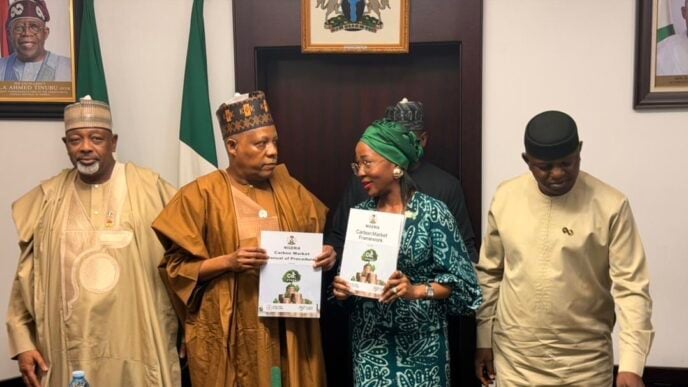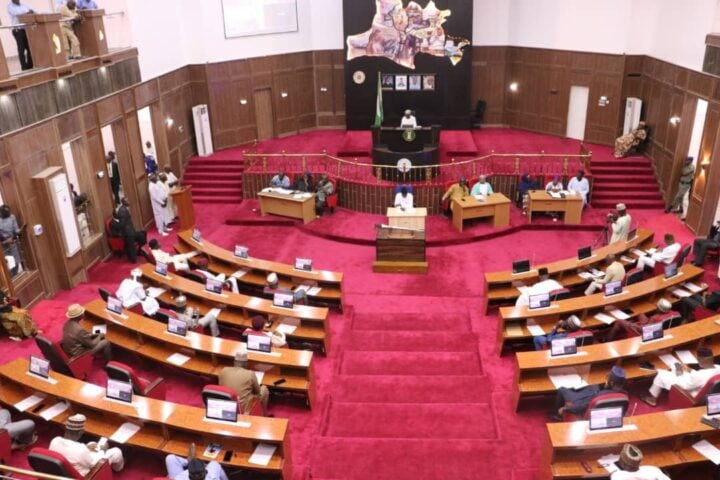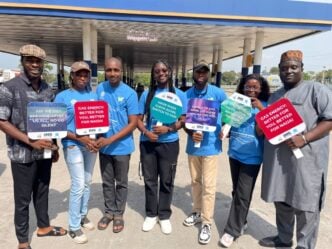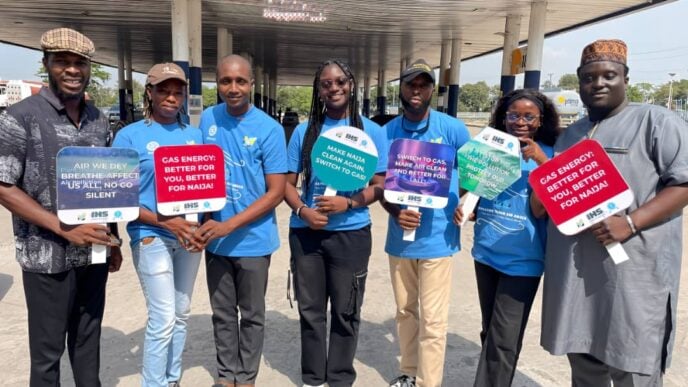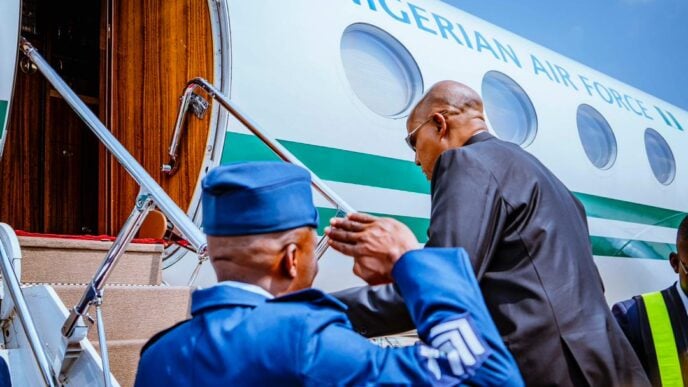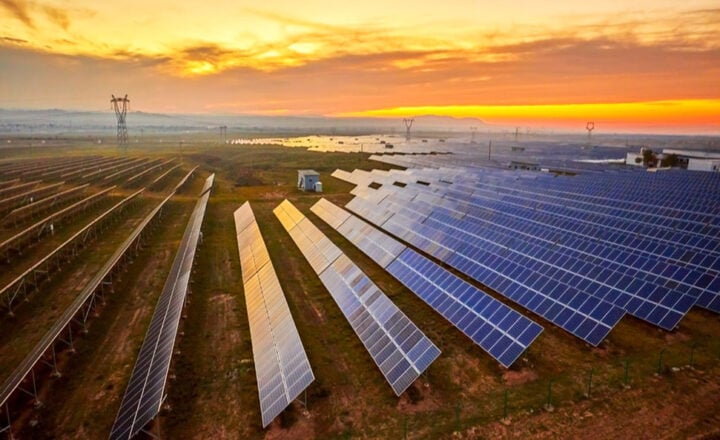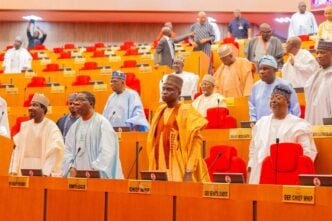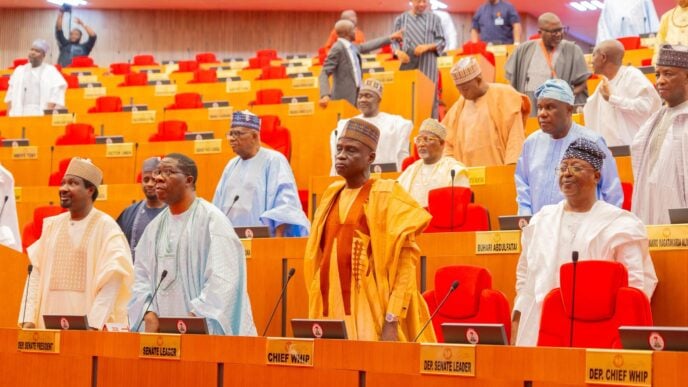The United Nations Environment Programme (UNEP) says developing countries will need between $310 billion and $365 billion every year by 2035 to cope with worsening climate impacts.
In its 2025 adaptation gap report released on Wednesday, titled ‘Running on Empty’, UNEP warned that global adaptation efforts are lagging behind what is required, leaving poorer nations vulnerable to climate shocks.
The UN body said the estimated cost of adaptation in developing countries is now 12 to 14 times greater than the current international public finance flows, which stood at $26 billion in 2023.
“The world is gearing up for climate resilience — without the money to get there,” the report said.
Advertisement
Even with pledges made under the Glasgow climate pact to double adaptation finance to $40 billion by 2025, UNEP said the target will likely be missed if current trends continue.
‘CLIMATE IMPACTS WORSENING ACROSS THE WORLD’
Inger Andersen, executive director of UNEP, said climate impacts are worsening across all regions, affecting both developed and developing nations.
Advertisement
Andersen, who spoke during a press briefing for the launch of the report, noted that climate change impacts are hitting the poorest the hardest.
Andersen said developed nations should not only invest in adaptation and resilience but also financially support vulnerable countries least responsible for the crisis.
“Every nation is facing climate impacts — heatwaves, wildfires, floods, or desertification,” Andersen said.
“Very sadly, Jamaica is currently dealing with the impacts of the strongest hurricane ever to hit the country as Hurricane Melissa continues its path towards Cuba, with catastrophic flash flooding being reported.
Advertisement
“The poor and vulnerable are dying, suffering poor health and losing their livelihoods. UNEP’s Adaptation Gap Report shows they are not doing so at the levels needed.”
The report estimates that adaptation finance needs will reach $310–$365 billion per year by 2035, yet public finance from developed to developing countries fell from $28 billion in 2022 to $26 billion in 2023.
While the report tracks only developed-country contributions, UNEP noted that other analyses such as the joint multilateral development bank report shows a modest increase when developing-country contributions to multilateral banks and non-flow instruments are included.
Still, UNEP warned that “unless trends turn around,” the Glasgow climate pact goal of $40 billion in adaptation finance by 2025, and the new collective quantified goal (NCQG) of $300 billion annually for both mitigation and adaptation by 2035, will not be achieved.
Advertisement
THE NEED TO DELIVER THE 1.3TRN FINANCE GOAL AT COP30
UNEP said the upcoming COP30 climate summit in Belém, Brazil, presents an opportunity to change course through the Baku to Belém roadmap, which aims to mobilise $1.3 trillion annually by 2035 for developing countries.
Advertisement
For the roadmap to succeed, Andersen said new finance providers and instruments must come on board, while climate resilience must become an integral part of financial decision-making.
“Efforts must focus on concessional finance and grants to avoid increasing the debt burden of vulnerable nations,” she added.
Advertisement
The private sector, UNEP said, could contribute up to $50 billion a year — 10 times its current input — while innovative mechanisms like Brazil’s planned tropical forest forever facility, to be launched at COP30, could further boost resources.
The facility will mobilise public, private, and philanthropic funding to support more than 70 developing countries with tropical forests, making it one of the largest multilateral funds ever created.
Advertisement
Antonio Guterres, UN secretary-general, also called for urgent global action to bridge the adaptation finance gap, noting that it is essential to protect lives and deliver climate justice.
“Climate impacts are accelerating. Yet finance for adaptation is not keeping pace, leaving the most vulnerable exposed to extreme weather,” Guterres said.
ADAPTATION FINANCE GAP WIDENING
Adaptation is expected to dominate COP30 negotiations, with countries set to agree on indicators for tracking progress under the global goal on adaptation (GGA).
The indicators, expected to be narrowed to around 100 measurable metrics, will help countries assess how well they are adapting to climate change across key areas such as food systems, health, infrastructure, ecosystems, and early warning systems.
Talks may also explore the inclusion of finance-related targets, though developed nations have resisted such commitments so far.
Andersen said the message from UNEP’s report is clear — the world must urgently fill the adaptation finance gap.
